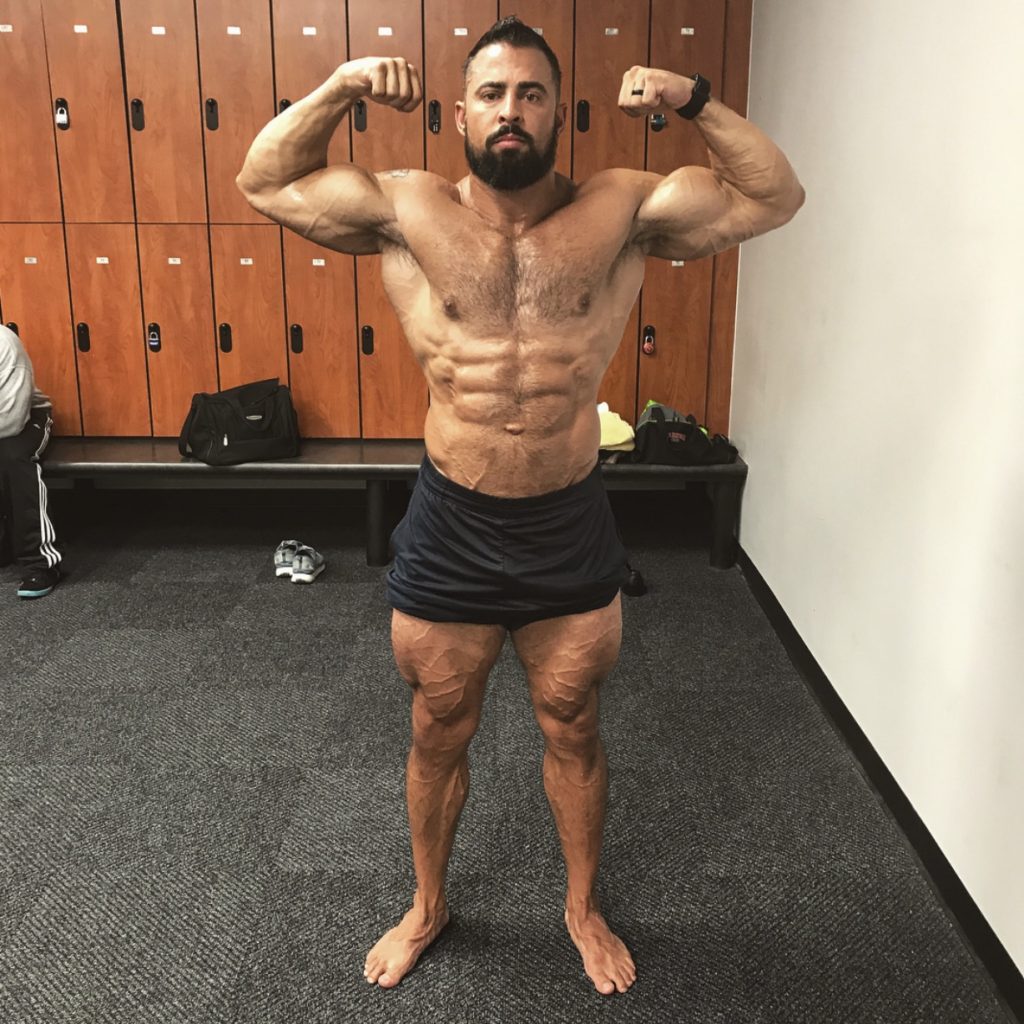
01 Mar 10/20/Life for Collegiate Basketball
By: Danny Vega
Although nowadays strength & conditioning is my passion, 10 years ago it was also my career. I was a collegiate athlete and went on to the University of Florida where I was a grad assistant in the weight room. This led to my position with VCU men’s basketball, where I managed my athletes’ training, diet (especially during travel, which was a nightmare), and recovery. I was also the dean of discipline. The recovery aspect was especially important because we played uptempo basketball and our starters played a ton of minutes. At the time I had a system of monitoring intensity during practices, and I employed a massage therapist. I also had a comprehensive plan for off-season, pre-season and in-season. However, what I did not have was 10/20/Life, so now I’d like to give an idea of how I would use it to program for collegiate basketball players.
Early Off-Season – 10 Weeks
This is from the first week of April until mid-June. My focus is mainly hypertrophy, as sport specific and position work is kept to a minimum during this period. We follow a typical off-season template, but we increase the volume to reflect more of a hypertrophy rep range. Assistance work is similar for all of my athletes, but I include some individualized weak point training for each athlete. During this phase, we will rely heavily on the RPE scale. At the end of this block, we have a test week for the three main lifts. This will give us the numbers we need for percentage work in the next phase. At the end of test week, we have our “midnight workout”. The athletes arrive around 10pm and we leave right after midnght. This is a gut check workout that tests the will of my athletes; it also serves as a great team building exercise. After test week, we break for a week and have optional workouts the following week.
Late Off-Season/Pre-Season – 10 Weeks
Beginning in July, this training block follows something between an off-season and a pre-contest template. We rely more on percentages for the main lifts. As the summer begins to close, position work is increased and the head coach will begin to expect an increased level of conditioning as the season is imminent. With the addition of two conditioning days, I have an opportunity to assess my athletes and get them ready for our final conditioning test in mid-September. My preferred test, due to our style of play, is “20 in 20”–20 suicides in 20 minutes. A running clock is kept, but each suicide must be completed in no more than 20-25 seconds by the guards, and 25-30 seconds for the bigs. For every failed set, the athlete has to run it again, up to 2 sets. Anymore than 2 suicides not run in the appropriate time means that the athlete would have to come back another day to re-test.
As the season draws near, volume is dropped drastically. We are training twice a week, and both days are upper/lower combo days. My focus shifts to recovery and maintenance. I am at every practice and the head coach relies on me to monitor volume and let him know when he can push the athletes or if it’s necessary to back off a bit. At practice, I rate each drill on a scale of 1–10. This is how it looks:
|
Distance |
Contact |
Change of direction |
Speed |
Recovery |
|||||
|
1/4 court |
0.75 |
none |
0 |
linear |
0.5 |
walk |
0.75 |
> 30sec |
0.75 |
|
1/2 court |
1 |
semi |
0.5 |
programmable |
0.75 |
1/2 |
1 |
10–30 sec |
1 |
|
3/4 court |
2 |
full |
1 |
reactive |
1 |
3/4 |
2 |
<10 sec |
2 |
|
full court |
3 |
full |
3 |
||||||
So I would rate a game situation with a 10. The athlete is playing full court, full contact, and full speed with little recovery. I multiply each drill by the amount of time it’s done in and get a number. After each practice, I get a total number, average intensity, and duration. I add up all the numbers for the week, and depending on the number, the volume is low, moderate, high, or extremely high. We also begin to employ our recovery modalities such as the cold tank, massage therapist and recovery workouts.
Final Thoughts
Designing a comprehensive, year-long training plan for a college basketball team does not have to be difficult. The main points of 10/20/Life still apply. We build strength and conditioning levels to help the athletes perform better at their sport. There is a specific reason for every movement we choose and we focus on proper form at all times. We use the RPE scale and employ weak point training. Having a blue print like 10/20/Life would be extremely helpful for developing a multi-year training plan for collegiate basketball.
Buy the e-book here
Danny Vega
Latest posts by Danny Vega (see all)
- Danny Vega – High Protein recap and training - November 8, 2017
- Danny Vega – Hypertrophy Experiment UPDATE - October 28, 2017
- Danny Vega – Hypertrophy Week 1 – 1020Life Seminar - October 9, 2017








Sorry, the comment form is closed at this time.